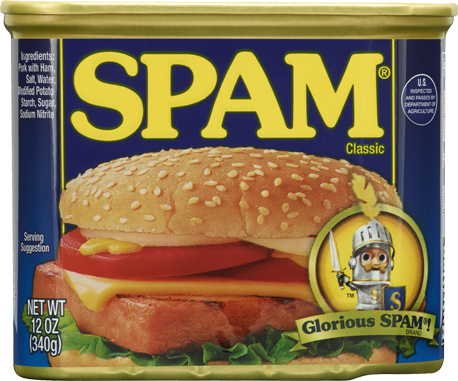Most of us grew up in the public school system, condemned to the cafeteria for questionably prepared meals of soggy green beans, pizza that might as well have been cardboard, and of course, the infamous mystery meats. Even if you were among the lucky ones, and your mom sent you to school with a brown bag lunch each morning, I’m willing to bet you’ve eaten your fair share of bologna sandwiches, or maybe even spam.
I never really thought about what I was eating at the time, being a ravenous third grader with not much other than recess on my mind. Now, however, reflecting on my shamefully mindless consumption of slimy hamburgers and rubbery hot dogs, I can’t help but wonder: What was I actually eating? What I found out was enough to ensure that I’d never touch another hot dog for as long as I lived.
Hot Dogs
Warning: You may not particularly like what you’re about to read, but I feel like you’re entitled to know exactly what you’re putting in your mouth.
A hot dog essentially consists of “leftovers,” specifically the trimmings that remain after meat-processing plants have removed the steaks, chops, thighs, hams, ribs, breasts, tenderloins, and briskets. “Trimmings” is admittedly a pretty vague description, so know that they can usually be defined as “fatty tissues, head meat, animal feet, animal skin, blood, liver, and other edible slaughter by-products,” according to the Food and Agriculture Organization of the United Nations.
Doesn’t that sound delicious? Hashtag food porn, am I right?

Gif courtesy of giphy.com
These scraps, once collected, are precooked in an attempt to eliminate festering bacteria, and then ground together into a “meat emulsion,” which can apparently be more appropriately described as a “meat batter”. How incredibly appetizing.

Photo courtesy of youtube.com
Next, food starches, water, corn syrup, and other chemical binding agents are added to the mix, and the tasty little smorgasbord is pumped into those classic cellulose cases. Ah, the hot dog. What could be more American? If you’re particularly brave and you happen to have a strong stomach, you can see the process for yourself here.
Bologna
Although the bologna (or baloney) you’re probably familiar with actually did originate in Bologna, Italy, the Italians know it as “mortadella,” a thick sausage speckled with bits of fat, peppercorns, and often pistachios. Sounds fancy, huh? If baloney is meant to be a kind of culinary masterpiece, why does the piece on your sandwich look like a floppy slab of meat paste? That’s because, well, pretty much any variety of commercial US baloney is literally a slab of meat paste.

Gif courtesy of giphy.com
The USDA mandates that processed meat products be comminuted (reduced to minute particles), which requires that any traces of lard, spices, trimmings, etc. be unrecognizable in the bologna, ensuring a uniform hunk of “meat,” if you feel like it even deserves that title.
While bologna is still lumped into the same category as hot dogs, as it tends to disguise and shove hundreds of nauseating meat scraps between two pieces of bread, bologna is known to contain more sophisticated spices like black pepper, nutmeg, allspice, celery seed, and coriander. Hey, at least they’re trying. Oh, and apparently bologna cake is a thing. What even? I’m speechless. That is just… No.
Spam
Spam has always been, in my opinion, the ultimate mystery meat. Its own name lends to a certain quality of mysteriousness. I was actually pretty surprised to find that Spam is hardly a mystery at all, and is so confident in its own identity as the most wholesome processed meat in the game that it’s willing and completely unashamed to list each of its ingredients right there on the can. In fact, there are only six: Cooked pork (pork shoulder and ham), salt, water, potato starch, sugar, and sodium nitrite.

Gif courtesy of giphy.com
Shocked? I was, too. While I’m certainly not advocating Spam as a superfood by any means, and I’m not sure I could get past that notorious, dingy pink hue myself, I’d be willing to say that its composition is significantly less sketchy than those of hot dogs or bologna. Imagine that.

Gif courtesy of spam.com
If you made it to the end of this article without gagging, I’m impressed. It kind of boggles my mind that we’re living in a society that accepts cylindrical meat batter as perfectly normal, but the people want what they want. As long as we’re buying hot dogs, companies will keep the hot dogs coming. So, decide for yourself. Personally, I think I’ll get on just fine without head meat trimmings and “other edible slaughter by-products.”

